Stellantis Pulls Plug on Hydrogen Van Plans
No Mid-Term Future for Hydrogen Tech as Stellantis Doubles Down on EVs and Hybrids
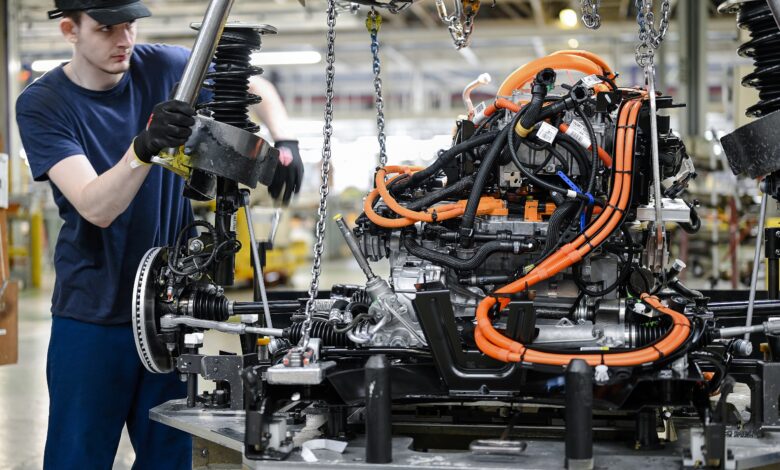
In a major shift for its future product strategy, Stellantis has officially announced it’s discontinuing its hydrogen fuel cell development program. The move puts an end to the company’s plans to launch hydrogen-powered Pro One commercial vans in Europe, which were slated to enter series production this summer at plants in Hordain, France, and Gliwice, Poland.
The company says that hydrogen simply doesn’t make sense in the short to mid-term, due to a mix of issues: not enough hydrogen refueling stations, high production and development costs, and a lack of buyer incentives. As a result, Stellantis doesn’t expect hydrogen-powered light-duty vehicles to gain meaningful traction before 2030—if ever.
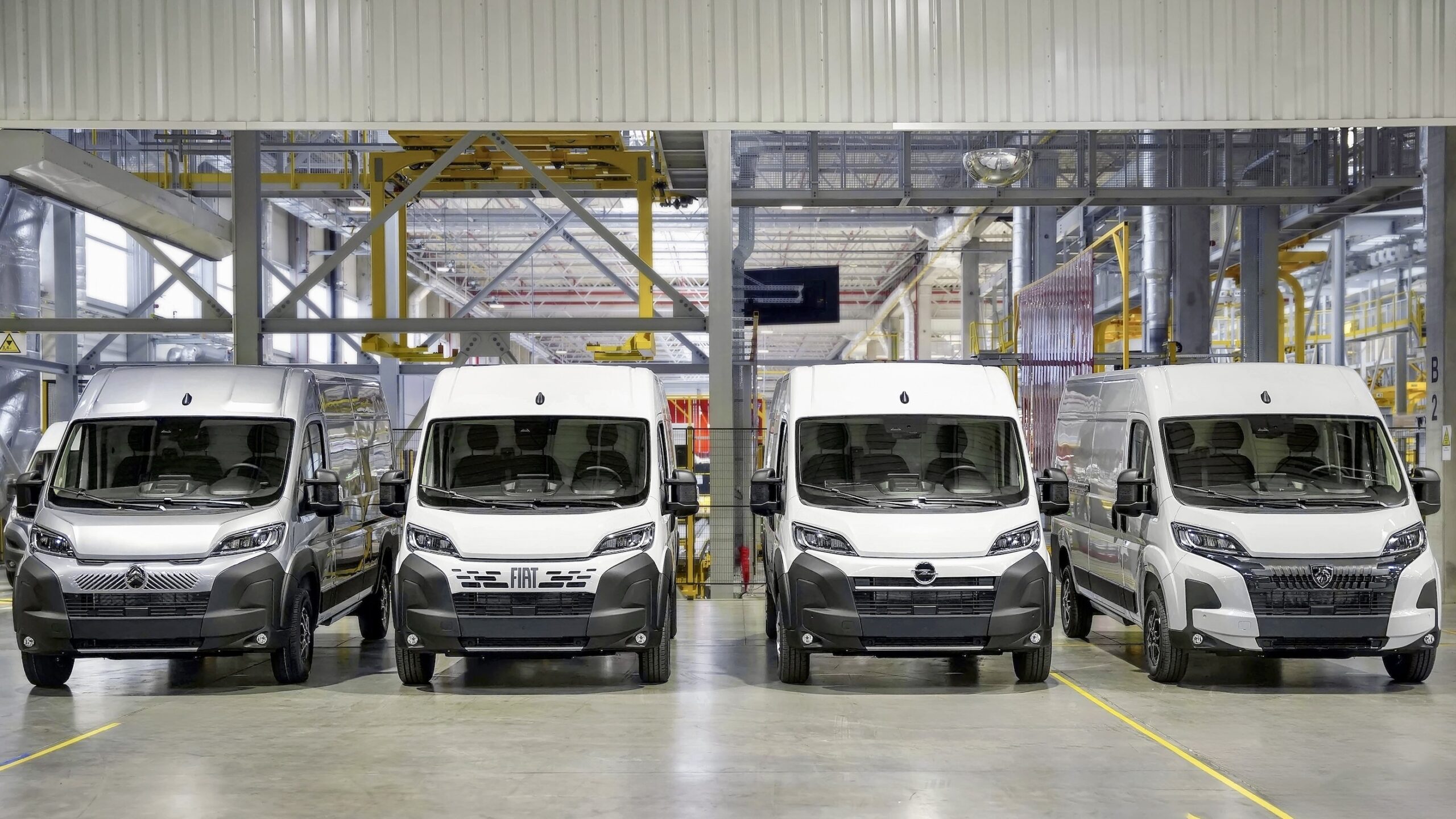
Jean-Philippe Imparato, Chief Operating Officer for Enlarged Europe at Stellantis, put it bluntly:
“The hydrogen market remains a niche segment, with no prospects of mid-term economic sustainability. We must make clear and responsible choices to ensure our competitiveness and meet the expectations of our customers with our electric and hybrid passenger and light commercial vehicles offensive.”
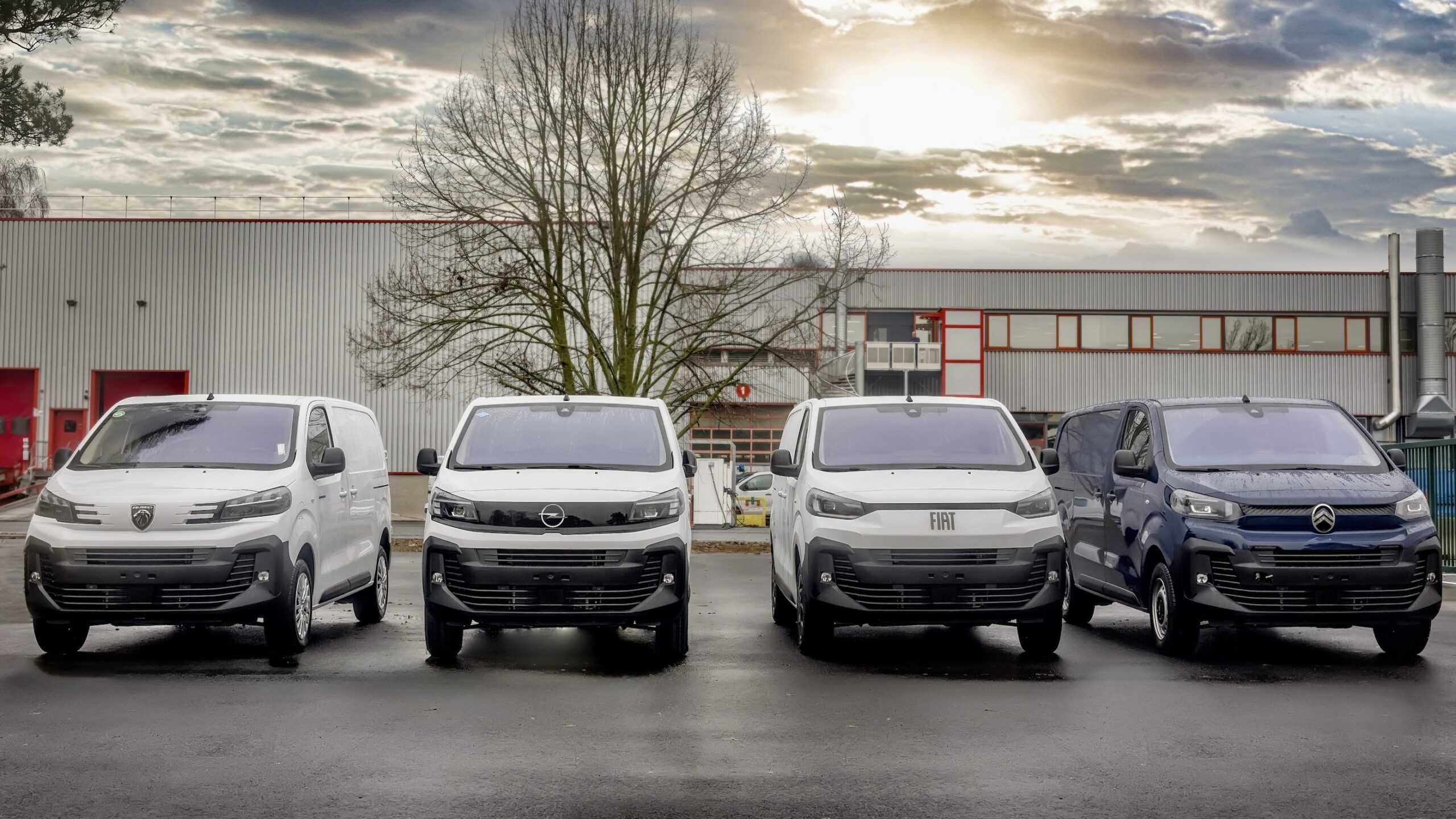
Translation: hydrogen’s just not worth the investment right now—especially when the company is already pouring resources into battery electric and hybrid technologies to meet strict CO₂ targets across the European market.
The Pro One hydrogen vans were announced just last year, including both medium and large van variants. Stellantis was planning to produce them for fleet customers looking for zero-emission options without the long charging times of traditional EVs. But with infrastructure lagging and no sign of improvement, the automaker is shifting gears.
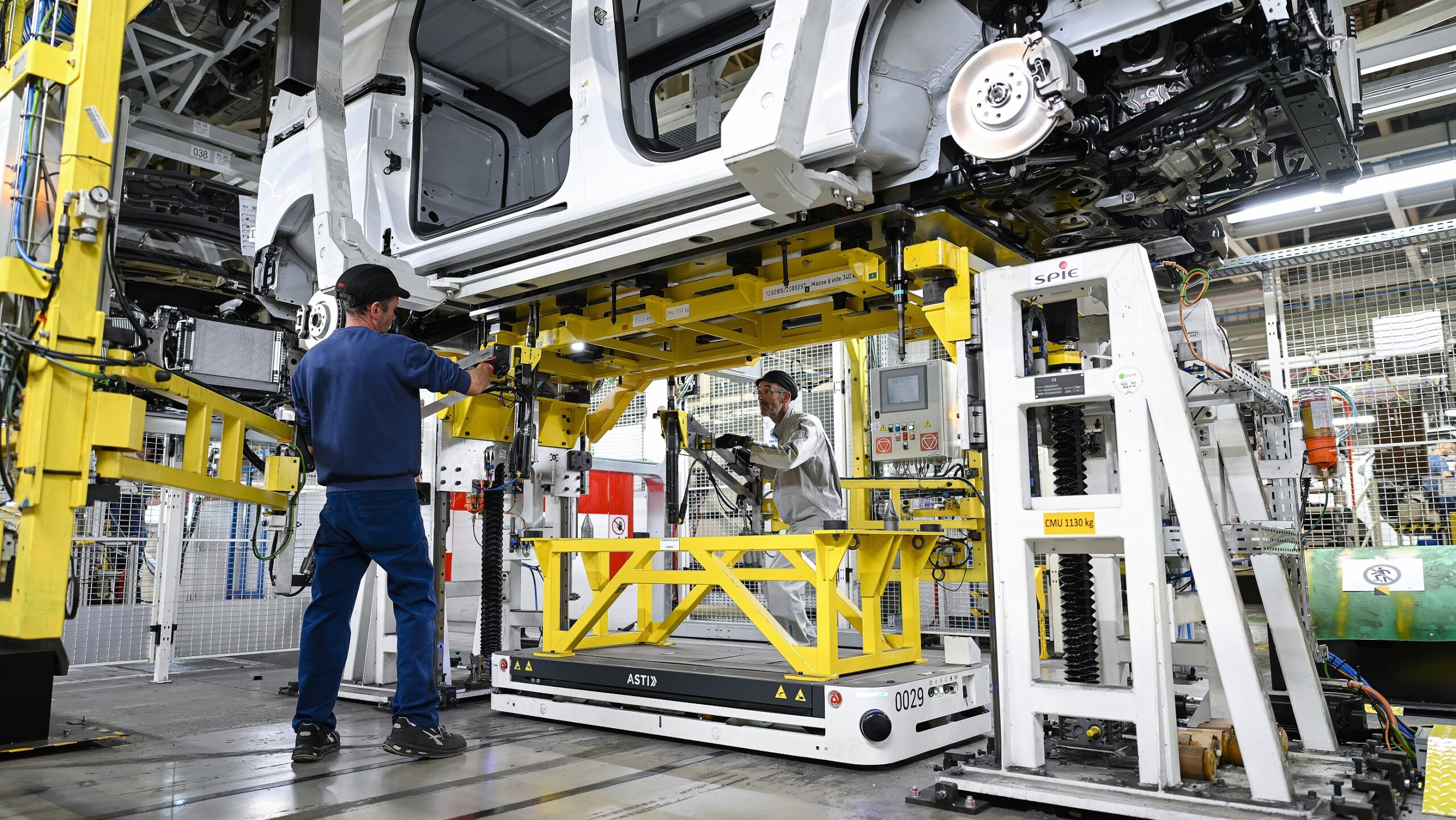
This decision won’t lead to layoffs. Employees at both production sites will continue working on other Stellantis products, and the hydrogen R&D teams will be reassigned to different development efforts across the company.
Also now in question is Stellantis’ stake in French fuel cell firm Symbio, which it co-owns with Michelin and Forvia. Stellantis has begun talks with the other shareholders to reassess the venture’s future amid what it called “current market consequences.” Just last week, Symbio’s longtime CEO Philippe Rosier stepped down, hinting that the company may have jumped into the hydrogen space too early.

With other OEMs exiting the hydrogen mobility game—especially in the heavy-duty truck sector—it seems Stellantis is making a hard pivot to stick with what it sees as the winning formula: PHEVs and BEVs.
Whether hydrogen makes a comeback later in the decade remains to be seen. Still, for now, Stellantis is closing the chapter on fuel cell development and betting fully on electrification, which is more feasible today.


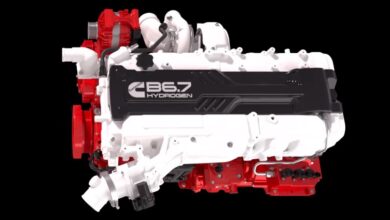
2 replies
Loading new replies...
Join the full discussion at the Mopar Insiders Forum →